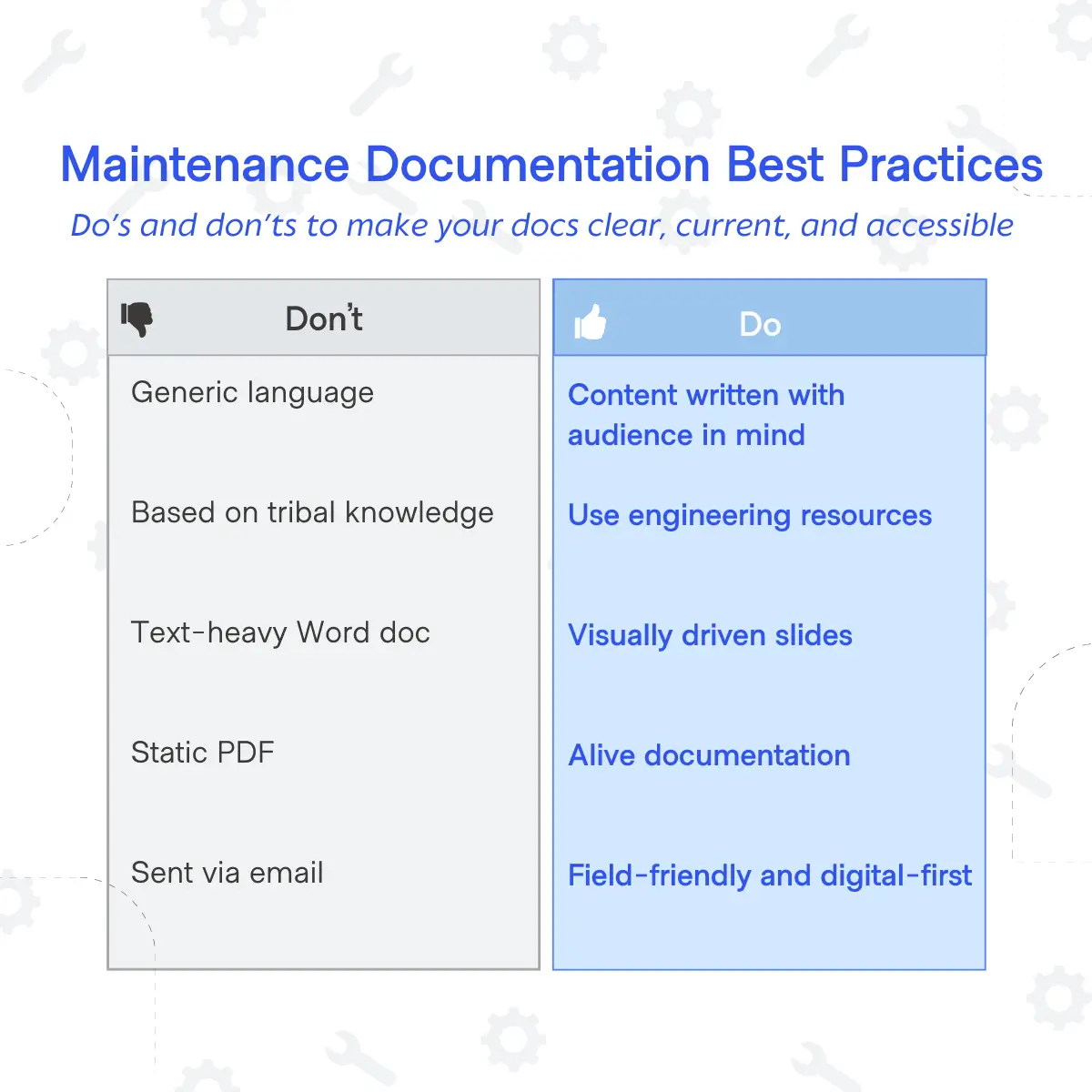Welcome to the Quarter20 blog series on work instructions. We will be posting four blogs on this topic in the subsequent weeks. To join the conversation, follow us on LinkedIn.
Work instructions - the bane of every engineer’s existence, and yet a mission-critical document. It’s the job that needs to get done, but no one wants to do it. You take screenshots of CAD, drop them into a deck, and send them over to manufacturing as a PDF. It’s not perfect and it took way longer than you thought it would, but most of the time, it’s good enough. It’s a process that most engineers and manufacturers are used to. You may have dreamed of a better solution, but with production timelines and goals looming, there isn’t the bandwidth to try something new.
No one likes changing processes. New tools mean new habits - and let’s be honest, adopting them isn’t exactly a walk in the park. But when it comes to work instructions and other manufacturing documentation, settling for the status quo is no longer an option if you want to run an efficient production line in 2025.
I know you’re thinking: “Now isn’t a good time for us,” - it never is. But you can’t afford to wait.
Outdated processes around work instructions cost more than annoyance - they cost time, quality, and money, which have a real impact on whether your product sinks or swims. With global supply chain uncertainty, frequently changing policies, and pressing societal problems, we need to focus on what we can control to optimize for success.
In this series, we break down why improving your work instructions process isn’t just a nice-to-have, but mission-critical for building complex products.
If your process for building, updating, and tracking instructions hasn’t evolved, you’re flying blind, and sooner or later, you will crash. In these blogs, we break down the most common cause-and-effects of bad work instructions and give you insights into how to fix them. Doing so will help you to reduce risk, improve engineering efficiency, reduce costs, and drive process improvements. Each blog will focus on one of these improvements.
Why Listen To Me?
I'm Mai. Since 2013, I’ve worked as a mechanical engineer across many different hardware companies - from SpaceX and Tesla to Carbon 3D and a long list of Bay Area startups. I’ve worked with in-house technicians and alongside contract manufacturers, spent months overseas setting up production lines. Like a lot of you, I’ve wasted far too many hours taking screenshots for documents that were outdated before they ever hit the assembly floor.
For the last five years, I’ve dug deep to understand this space - researching, learning from engineers, and now leading Quarter20, where I spend my time helping teams rethink how they approach work instructions and other manufacturing documentation.
I care about this because I care about the new age of hardware being built right here in the US, spanning innovation across robotics, aviation, aerospace, energy, and transportation. After watching too many of my peers struggle with the same outdated, broken processes, I’m hoping this series might convince even one person to try a new way.
Because if we’re serious about building the future, we can’t keep running it on screenshots and PDFs.

.jpg)
.jpg)


